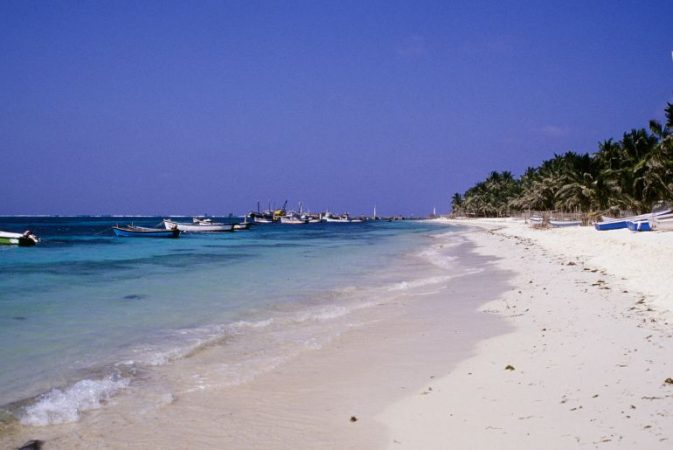Travel is expected to fully recover by the end of 2024, having dropped by 75% in 2020. According to a McKinsey Report, by 2030, it is anticipated that the domestic travel market will increase by 3% annually to reach 19 billion hotel nights annually.
India’s Domestic Travel Market

According to the report, while travelling abroad may seem more glamorous, domestic travel still makes up the majority of the market. It accounts for 75% of all travel expenditures worldwide, therefore tourism industry participants should keep this in mind.
India, currently the world’s sixth-largest domestic travel market by spending, is another thriving area for domestic travel. India’s domestic market may surpass Mexico’s and Japan’s to become the fourth largest in the world by 2030. This is driven by the subcontinent’s expanding middle class, which is driving an increase in travel expenditure of about 9% annually. India’s domestic aviation passenger volume is expected to double by 2030, boosted in part by a state-subsidised initiative that aims to connect underserved domestic airports.
Indian airline firms are investing heavily. IndiGo, a low-cost airline, committed to purchasing 500 Airbus A320 aircraft in 2023, making it the largest aircraft order in the history of commercial aviation. Air India almost matched IndiGo’s order size that week when it signed purchase agreements for 220 Boeing and 250 Airbus aircraft. The Indian Hotels Company Limited hopes to open two new hotels every month. Seven international hotel chains—among them Marriott’s first Moxy and Tribute brands—will introduce new names in India.
Also Read: Michelin Guide Ceremony To Make A Grand Entry For Its 3rd Edition At The One&Only One Za’abeel
Travelling Within Asia

Asia’s intraregional travel market is beginning to resemble Europe’s, despite the higher travel distances between Asian countries. Currently, in Asia, about 60% of foreign visits are intraregional; by 2030, that percentage is predicted to rise to 64%. The decline in visa requirements and the growth of an inexpensive regional airline network are helping to facilitate intraregional travel in Asia, much as they have in previous decades in Europe. Thailand would continue to gain appeal among Asian tourists.
This growth can be attributed to several factors driven by the preferences and behaviours of Gen Z travellers. They use apps and websites for planning, booking, and reviewing their travel experiences. They value experiences more than material possessions and prioritise spending on travel and exploration. As the world recovers from the COVID-19 pandemic, there is a pent-up demand for travel. Gen Z, being younger and generally at lower risk is eager to explore and make up for lost travel opportunities.
So, where are you travelling to?
First Published: June 04, 2024 6:33 PM




